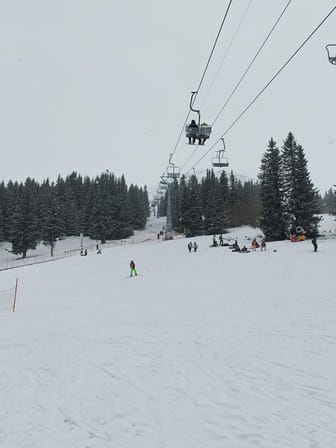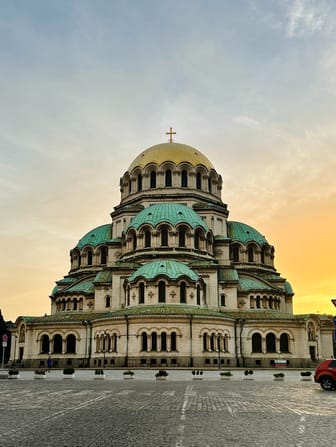Dragalevski Monastery
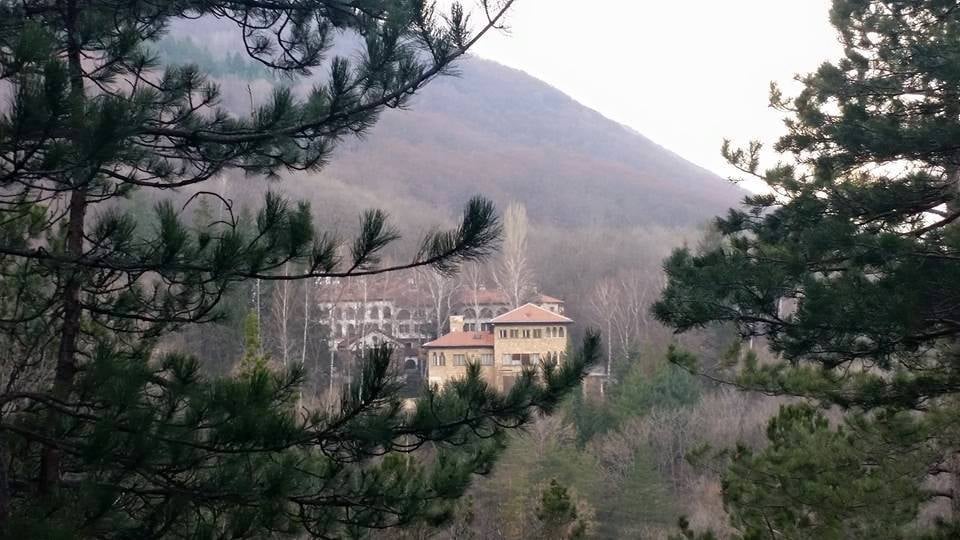
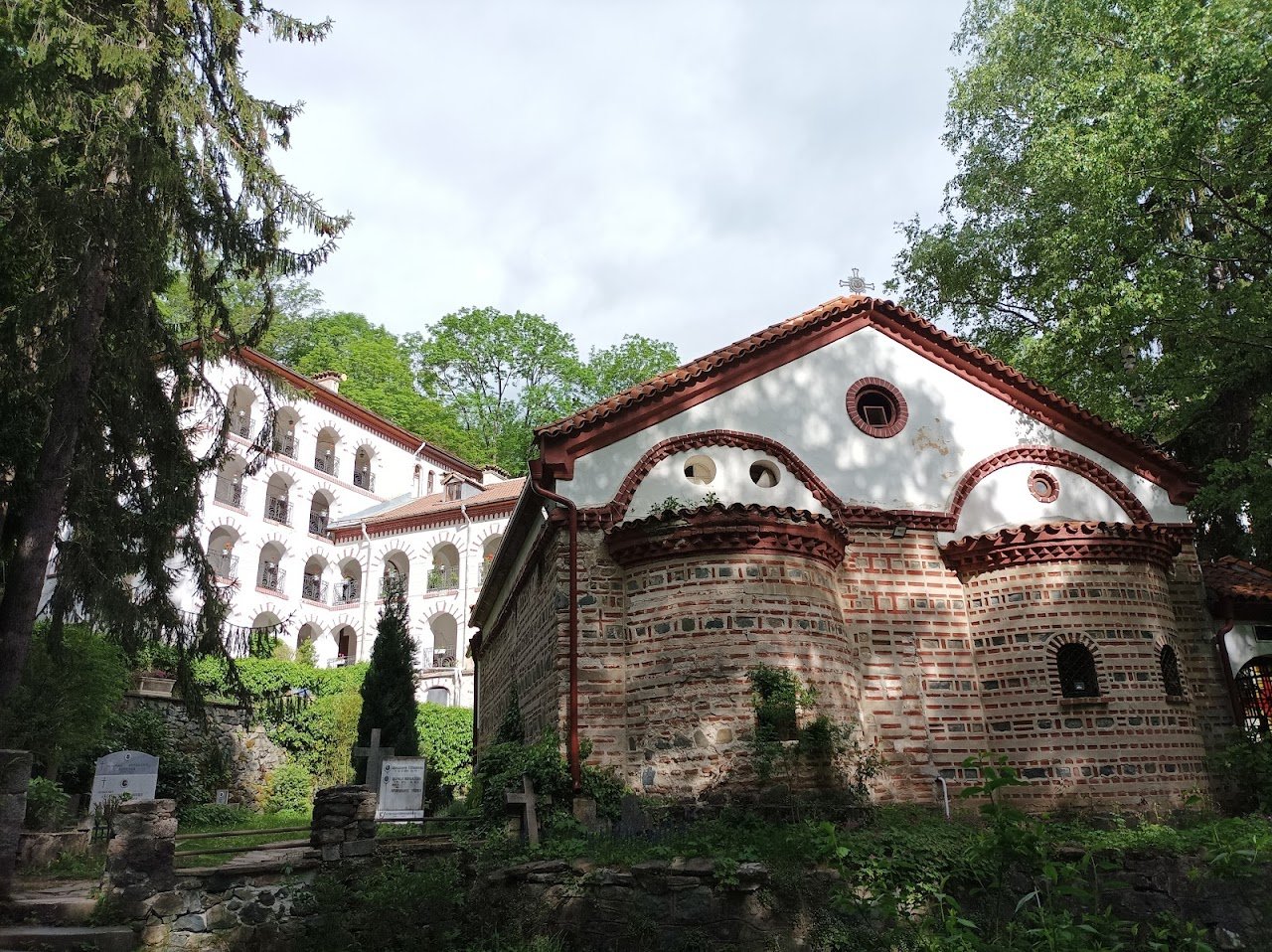
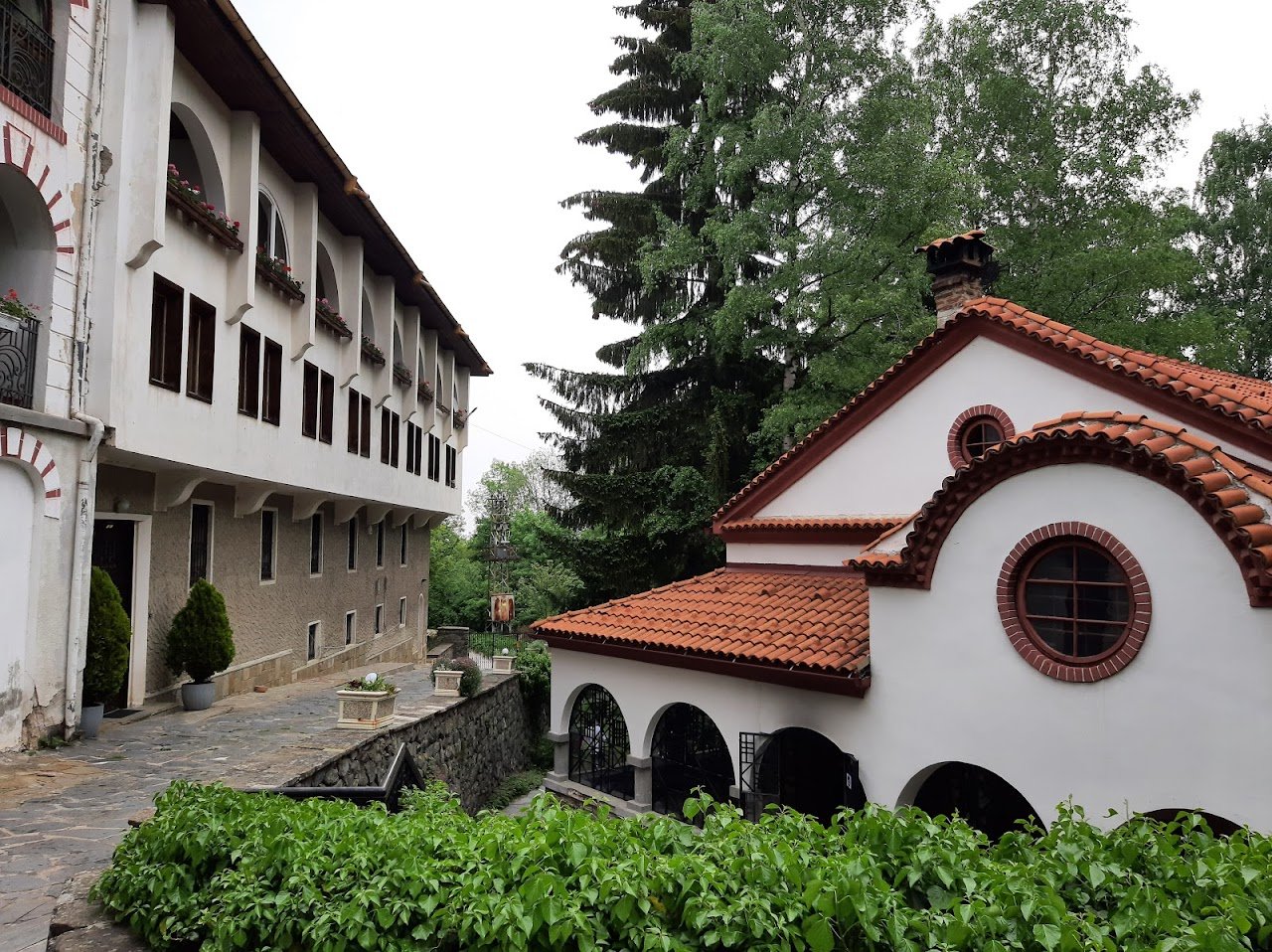
Ask ThatchGPT
Suggest a local expert to plan my trip
Suggest an unique itinerary for my Sofia trip
What foods do Sofia locals eat
What are some true hidden gems in Sofia
Help me brainstorm trip ideas for Sofia
Help me plan a family-friendly trip to Sofia
What people say
Pedro Pereira
Available for hire
"The Dragalevtsi Monastery, first mentioned in the Vitosha golden-printed deed of Bulgarian King Ivan Shishman (1371–1393), dates back to the reign of Ivan Alexander (1331–1371) during the Second Bulgarian Kingdom. It is believed to be part of a cluster of monasteries that emerged in the 14th and 15th centuries around Sofia, known as the "Sofia Saint Forest." Ivan Shishman and Ivan Alexander made generous donations to the monastery, earning it the nickname "royal." However, after the Ottoman conquest of Sofia in 1382, the monastery was burned and abandoned.
In the second half of the 15th century, the Dragalevtsi Monastery was revived. In 1476, Sofia nobleman Radoslav Mavur funded the restoration of the "Nativity of the Virgin" church, adorned with intricate frescoes. The monastery played an important role in the Bulgarian Liberation struggles, hosting a secret cell school during Ottoman rule and producing the Dragalevtsi Testament. The abbot, Genadii, was a close ally of national hero Vassil Levski, aiding in organizing revolutionary committees in the Sofia region.
The monastery complex consists of a church, residential, and farm buildings, but only the 15th-century church has survived from the original structures. The church is a basilica decorated with two layers of frescoes. Fragments from the original wall paintings remain in the narthex, depicting Biblical scenes. The narthex features a grand "Doomsday" composition, while the western façade showcases images of the Virgin Mary and saints on horseback—St. George, St. Dimitar, and St. Merkurii.
In the 17th century, frescoes of monks, including St. Ivan Rilski and St. Petka Turnovska, were painted on the north wall of the church. These frescoes now form part of the interior of a second church that was added later. The iconostasis was renovated and gold-plated in the late 18th century, and 19th-century icons are still preserved within the church, highlighting its rich historical and artistic heritage."
Tom Isbister
Available for hire
"14-century Bulgarian Orthodox monastery with frescoes & paintings in a secluded forest setting."
Mentioned in these guides
About Dragalevski Monastery
Get the inside scoop on Dragalevski Monastery from local experts, travel creators, and tastemakers. Browse genuine trip notes, Dragalevski Monastery reviews, photos, travel guides, and itineraries from real travelers and plan your trip with confidence.
Phone
Save this spot for later or start mapping out a new trip today
Try our AI Travel Assistant and get instant answers to any questions about your trip.
Ask ThatchGPT

